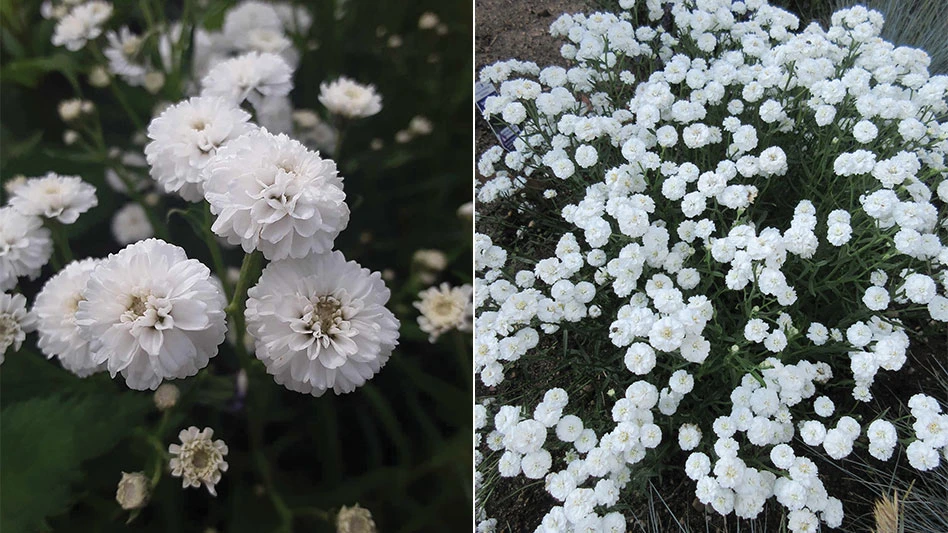 Good winterizing and storage of your sprayer can ensure that next year it will function properly.
Good winterizing and storage of your sprayer can ensure that next year it will function properly.
1. Rinse. Thoroughly rinse sprayers of all pesticide residues before they're stored for the winter. It is better to rinse the sprayer several times with a small amount of clean water than to fill it up only once. Dispose of the rinsate in a field that has proper setbacks from all water sources. Do not allow the rinsate to accumulate into puddles. Make sure all water is drained out of the sprayer so no damage is caused by water freezing. Rinse the outside of the sprayer with clean water, preferably on an impervious surface and the rinsate collected. Always remember to read the label of the pesticide used and use appropriate personal protective equipment when cleaning.
2. Clean. Once you have the tank properly rinsed, next decontaminate it. You can purchase commercial cleaning agents or you can clean your system with some common household products. Run the cleaning solution through the entire system including agitation and return lines. Rinse clean water through the system after it has been thoroughly cleaned, opening up the nozzles and running the water until only clean water is coming out.
3. Maintenance. Next, carefully inspect the system, make note of any maintenance concerns and repair them. Look at nozzles, screens, hoses, valves, pumps, boom, as well as the tank. Now is a good time to check for tank integrity. Although the system has been cleaned you still need to be cautious and wear all labeled personal protective equipment.
4. Storage. Proper storage is also critical to winterizing a sprayer. Any removable parts should be removed such as nozzles, filters, tips, check valves, screens and pressure gauges. Store these parts in an area that will not freeze. Clean filters with soapy water before storage.
5. Antifreeze. The last step is to circulate antifreeze throughout the system, including the boom's hoses. Cap the boom nozzles (one or two nozzles may need to be left open to ensure total circulation). Remember to cap them when the system is filled, to make sure that antifreeze is in the entire system.
— Christina Curell, Michigan State University Extension

Explore the November 2011 Issue
Check out more from this issue and find your next story to read.
Latest from Nursery Management
- Dümmen Orange North America celebrating 25th anniversary in 2025
- Redesigning women
- Illinois Landscape Contractors Association changes name to Landscape Illinois
- 2025 Proven Winners Horticulture Scholarship applications now open
- ICL’s Gemini Granular herbicide now registered for use in California
- Eurazeo Planetary Boundaries Fund acquires Bioline AgroSciences
- The Leading Women of Horticulture
- Leading Women of Horticulture: Dana Massey, Plantworks Nursery





